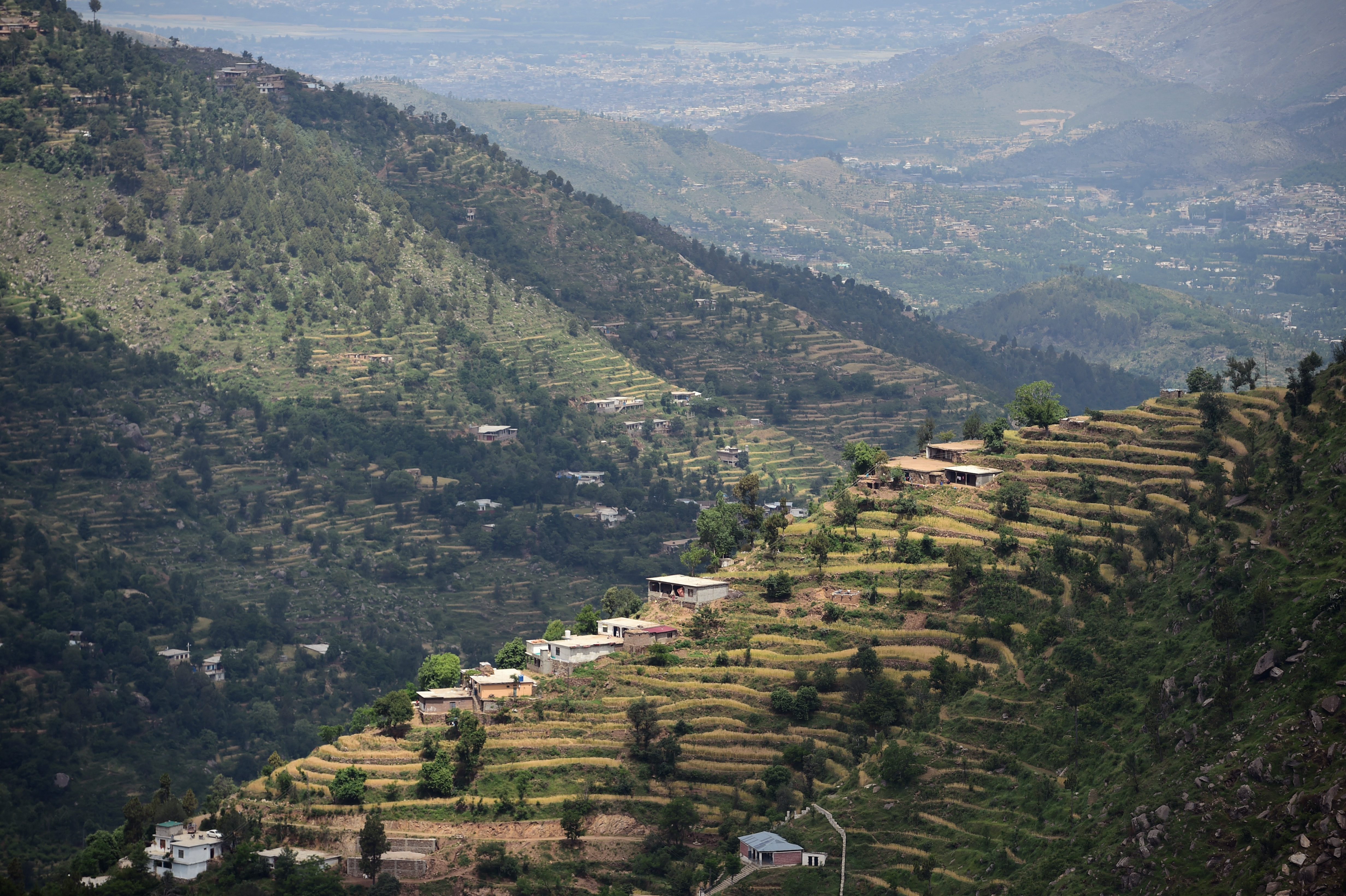
Syed Muhammad Abubakar
Tahir Rasheed is the Chief Executive Officer (CEO) of South Punjab Forest Company (SPFC) – a subsidiary of the Forestry, Wildlife & Fisheries Department, Government of the Punjab. As the CEO of SPFC, Tahir Rasheed is responsible for promoting commercial forestry in Punjab, increasing forestry investments and promoting international linkages to further best practices. Tahir Rasheed hails from Balochistan and has worked in different ecological zones of the province. Prior to joining SPFC, Tahir Rasheed was affiliated with different international and national organizations in various capacities. He also served as the General Manager of Leadership for Environment and Development (LEAD) Pakistan, CEO of IUCN’s Sustainable Use Specialist Group-Central Asia (SUSG-C Asia) and Balochistan head of World Wide Fund for Nature-Pakistan (WWF-Pakistan). In an exclusive interview for Pakistan Politico, Tahir Rasheed shared his views with Syed Muhammad Abubaker on the environmental threats that Pakistan faces and the measures needed to deal with them.
Q:How can Pakistan reduce its vulnerability to extreme weather events given that it is one of the most vulnerable countries to climate change?
For any third world country, it is a matter of resources and capacity and Pakistan is no exception to this. At the international level, countries with resources and capacity are less affected from extreme weather events. In the United States alone, there are more cyclones and natural calamities and even if we find thousands of people getting affected, in matter of days and weeks, the country mobilizes its resources to deal with displacements. But in Pakistan, if thousands of people are displaced in a natural disaster, it takes us a very long time to recover due to lack of institutional capacity and resources.
We as a nation are less prepared to fight this global threat since the available mitigation measures are limited. Even though Pakistan has one of the lowest greenhouse gas emissions in the world, it does not guarantee our protection from unpredictable climate change. However the damages can be reduced through building resilience of vulnerable communities, capacity building of institutions and improving socio-economic conditions.
Furthermore, our future planning is weak which can be gauged from the decision to venture into the construction of coal-fired power plants to meet our energy needs. This will surge our emissions bringing them at par with other South Asian countries and since our planning and capacity building sides are weak, we will not be able to effectively cope up. The result would be a manifold increase in the intensity and frequency of extreme weather events, which the country will find difficult to protect itself from.
Q:The Northern Areas of Pakistan provide freshwater to the downstream communities through glacial melt however global warming has increased the melting pace, which can increase the water supply for downstream users in the short-run and scarcity in the long-run. What needs to be done to tackle this complex situation?
The geographical factors really matter, as the mountainous communities are directly being affected from climate change. These people live in a localized context and rely on the natural environment for water, food, livelihoods and other requirements. Healthy mountain ecosystems act as a buffer against the impacts of climate change for local communities, wildlife and downstream populations. Further downstream, towns and cities depend on mountain water for drinking, agriculture and industry. It is the need of the hour that mountainous communities are introduced to ecosystem-based adaptation, as an important strategy for adapting to climate change. Both federal as well as provincial governments in collaboration with international agencies should make integrated efforts to support ecosystem-based approach at the policy and grassroots level. This will not only diversify the ecosystem services but also contribute in the form of sustained supply of water to the downstream communities.
Q:Water scarcity has emerged as the biggest issue of Pakistan. How can Pakistan ensure water security for its people while meeting its development objectives?
The policy-makers should promote floodplain management in order to better manage floods and excess rainfall naturally. Today, we are experiencing acute shortage of water due to population bulge and unsustainable practices. A national consensus has emerged to promote water conservation after the approval of the much awaited National Water Policy. The policy should be implemented in true spirit if we are serious in addressing the water woes of our country. Punjab is on its way to prepare the first-ever groundwater policy and other provinces should follow suit.
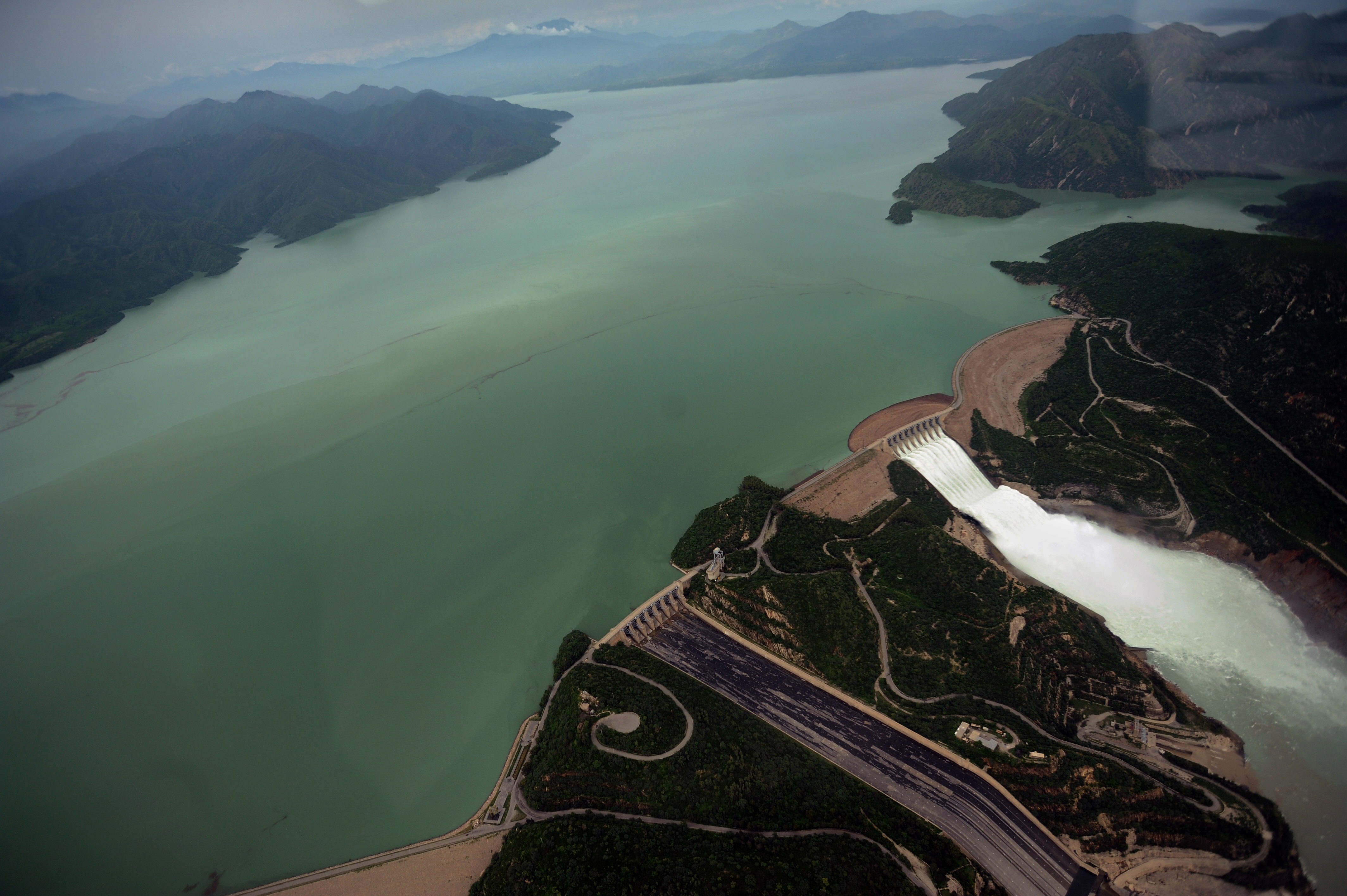
Today there is a clarion call to build dams to store water and generate electricity but water efficiency is direly needed to conserve what is available. Israel being a semi-arid country has promoted precision agriculture which has greatly benefitted it. Pakistan can definitely learn from this successful case of water conservation. Also, low delta crops should be promoted and water-intensive crops discouraged.
Most importantly, we should seek benefit from our extensive network of canals by lining them, which will enhance water efficiency by up to 22 per cent and help to bridge the water deficit gap. To address the issue, the decision by the Chief Justice of Pakistan (CJP) to establish the ‘Dam Fund’ is a worthy effort and if the public enthusiastically contributes to it and a water pricing mechanism is implemented, it can help to partially achieve the target. The concept of ‘Per Crop Per Drop’ should be promoted in the agriculture sector. It is high time to optimize our water resources and make water allocations to priority sectors.
Q:What are the current and projected impacts of climate change on glaciated areas of Pakistan (in KP and GB)? How can Pakistan cope with it?
As you are well aware, Pakistan is ranked seventh in the list of countries most vulnerable to climate change, according to GermanWatch’s global climate risk index. During this time period of 20 years, Pakistan lost US $ 3.8 billion, lost 10,460 lives and suffered from 141 extreme weather events. As climate change increases the intensity and frequency of extreme weather events in Pakistan, it is estimated that due to the fast melting glaciers in Himalayan, Karakoram and Hindukush (HKH) mountain ranges, 3044 glacial lakes have been created in Khyber Pakhtunkhwa and Gilgit Baltistan, out of which 33 are marked dangerous, which can result into Glacial Lake Outburst Floods (GLOFs). At the moment, more than seven million people are at risk in Khyber Pakhtunkhwa and Gilgit Baltistan due to unprecedented melting of glaciers. In 2015, a single GLOF incident in Chitral had cost the district US $ 100 million, more than its allocated share of resources.
Research has shown that over the next two to three decades, fast melting glaciers will increase flooding in the Indus river and its tributaries. However, after that, the glaciers will slowly recede thus affecting the southern parts of the country, which are largely dependent on this resource for agriculture.
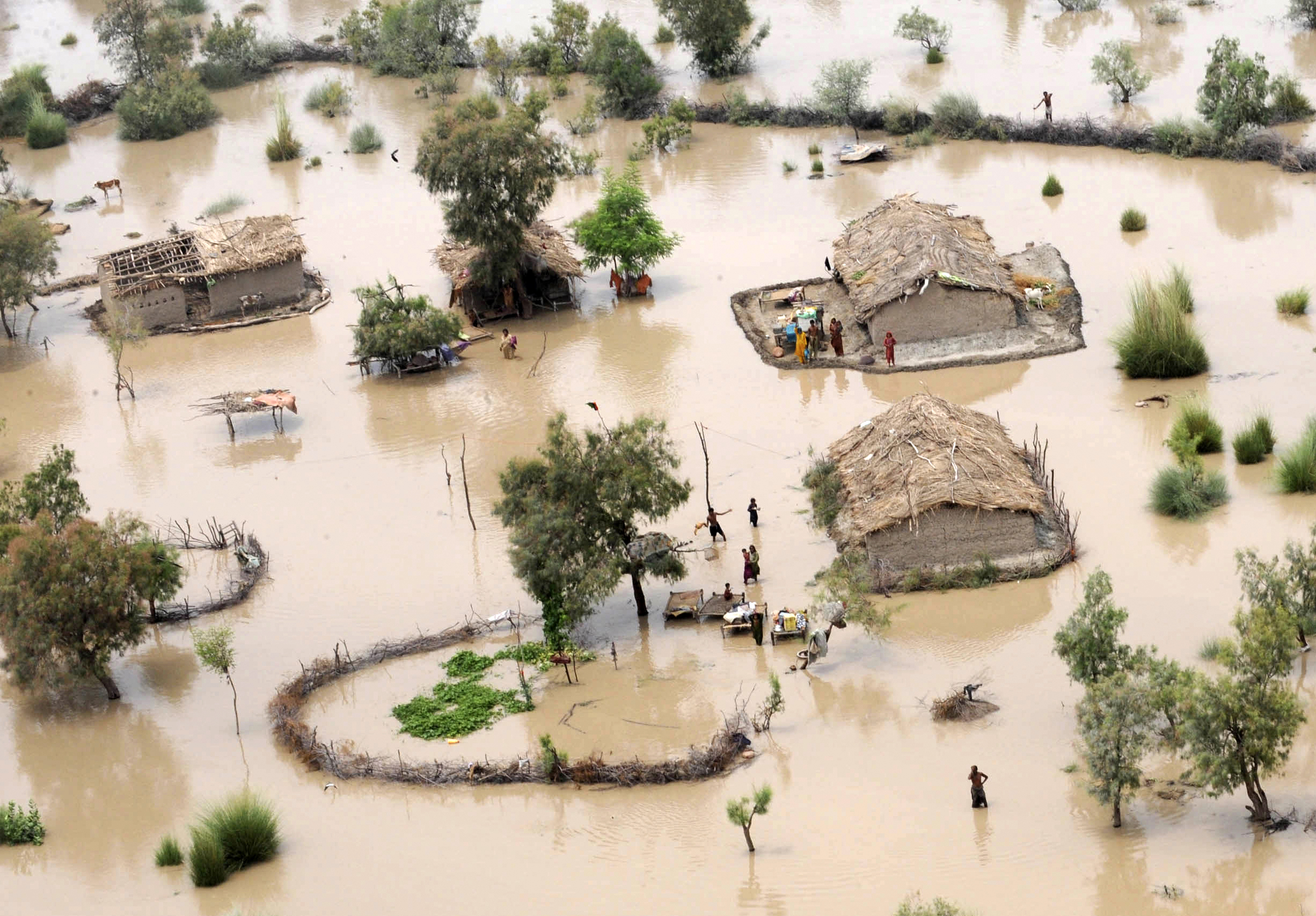
After the 18th amendment, the subject of environment has been transferred to the provinces. None of the provinces has the capacity to deal with climate change. Therefore, all concerned departments should work towards enhancing their capacity to deal with the threats posed by climate change and work in an integrated manner, through the establishment of a national framework. Resources should be allocated in this regard and local communities should be empowered for environmental conservation. A three pronged strategy of working at policy level, district level and community level can definitely help.
Q:Pakistan’s natural resources are getting exhausted at a rapid pace. What measures are needed to save the remaining forests and improving the forest cover?
Pakistan is already a forest deficient country as the existing forest cover is only 1.9 per cent. To give you a scale of the magnitude, in India and China, the forest cover is 23.8 percent and 22.2 percent respectively.
Unfortunately, there are conflicting numbers on the actual forest cover in Pakistan. Therefore, comprehensive stocktaking should be done which can further lead to development of strategy and action plan. In my opinion, the way forward is the engagement of farmers and entrepreneurs, which can promote afforestation. The total forest land in Pakistan is only 4.5 per cent, therefore the only way to improve the green cover is through afforestation on private land through agroforestry and farm forestry.
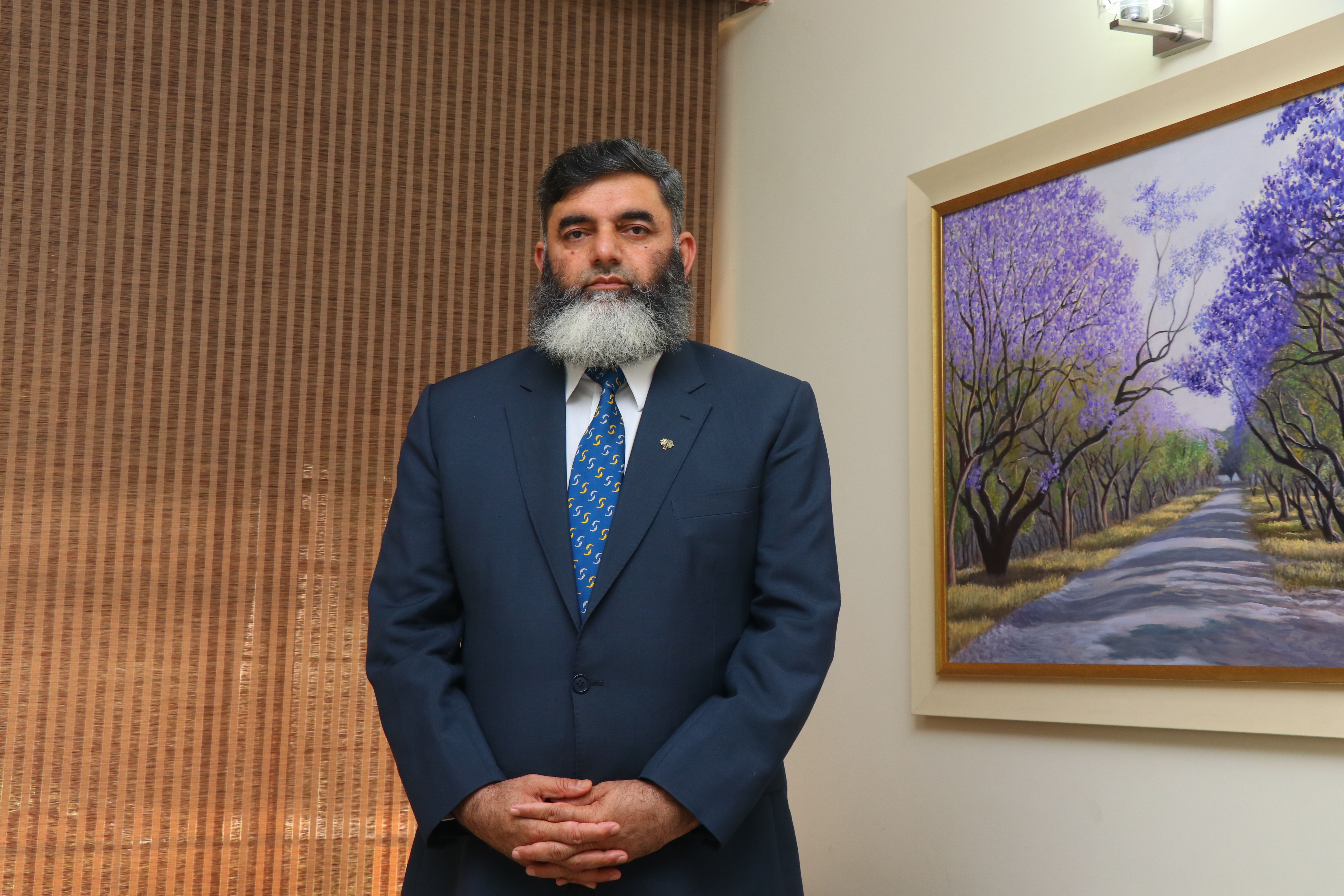
In this era where people are generally sensitized, political parties are leading the debate on climate action. Greening Pakistan through massive afforestation campaigns is the manifesto of almost every political party. The new government must fulfill these promises. Furthermore, projects such as Billion Trees Tsunami Afforestation Project (BTTAP), South Punjab Forest Company (SPFC) and Green Pakistan Programme (GPP) should be scaled-up.
At first, the government should enforce a ban on forestry land-use change, so that it is not used for other purposes since Pakistan’s forest cover is far below the international standards of 20%. Further, there is a dire need to promote urban forestry which is the most neglected issue at the moment. The green belts in cities need to be identified so that forestry-related activities can be performed and entrepreneurs urged to invest in it. Pakistan needs to create a market of sustainable wood as part of sustainable forest management.
Q:Increasing rural to urban migration has exerted tremendous pressure on the urban areas of Pakistan and has also made these urban centres vulnerable to extreme weather events such as heatwaves, smog, and urban flooding. How do you think cities should develop in order to tackle such scenarios?
The best approach to tackle these unforeseen weather events is to make investments in smaller cities, so that facilities are available in such areas and the influx from smaller cities and villages to larger cities could be controlled. This will help reduce the burden on already strained environmental resources. Further, the government should legislate on restricting cities from expanding beyond a certain limit. A ban should be in place and thoroughly enforced to protect green belts and parks from turning into concrete structures. There is a dire need to introduce massive afforestation projects in all the urban centres of the country, which can help offset the emissions produced. If Pakistan is to protect its cities from the deadly impacts of climate change, it should promote vertical expansion which guarantees food security and groundwater recharge to help conserve urban trees.
Strategic placement of trees in urban areas can cool the air from 2 to 8 degrees Celsius. Furthermore, the role of urban forests is immense since each tree can absorb upto 150 kgs of carbon dioxide per year, thus contributing to mitigating the effects of climate change. Trees placed around buildings can reduce air conditioning needs by 30 per cent in the urban centers.
Q: Is population bulge increasing pressure on the natural resources of Pakistan?
Yes, population growth is playing a major role in deforestation, over-abstraction of groundwater and extinction of wildlife. The 2017 census of Pakistan revealed that the population of the country has increased to 207.74 million with an average annual growth rate of 2.4 percent. This extremely high population growth rate hampers Pakistan’s GDP growth rate pushing us to think about family planning measures. The recent suo motu notice taken by the honorable Chief Justice of Pakistan on the alarming population growth rate in the country is a welcome move and it can be hoped that he orders the relevant federal and provincial departments for effective legislation on the matter.
It must be noted that population bulge is exerting tremendous pressure on the mountain dwellers of northern Khyber Pakhtunkhwa and Gilgit Baltistan, where land is scarce. These people depend on ecology for livelihoods and even with a slight change in the fragile ecosystem due to anthropogenic activities their survival can be at stake. The increasing population has to be managed alongwith the provision of livelihood opportunities.
Q:As the CEO of South Punjab Forest Company (SPFC), how will Punjab be able to meet its wood requirements?
SPFC’s initiative will lead to the afforestation of 40 million trees in Punjab, which will help meet the requirements of the wood-based industry particularly the Medium-Density Fiberboard (MDF) and particleboard industries. For SPFC, it will be a landmark initiative as the private sector will be engaged to invest in forestry and earn sustainable returns. This initiative will lead to the afforestation of 40 million trees, carbon sequestration of 35 million tons, creation of 15,000 green jobs and minimum 25 percent of SPFC’s share to be conserved during the concession period. SPFC’s mission of the development of natural, economic and social capital in blank forest land through Public Private Partnership (PPP) will instill a green revolution in Punjab.
Q:Would you like to give any message to our readers?
My message is of sustainability and conservation to protect what is left behind and work collectively to address the environmental issues of our country. The policymakers should be further sensitized on greater environmental preservation and all initiatives on environment should have the necessary political and bureaucratic will to achieve the said targets. The green agenda of political parties should be taken forward. Parliamentarians should also be sensitized for greater environmental lobbying.
Syed Muhammad Abubakar is an international award-winning environmental writer with an interest in climate change, deforestation, food security and sustainable development.



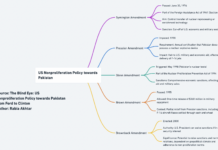













Thumbs Up. Well Coherent and connected. As issue of climate change has appeared as a development issue, there is an apparent window of opportunity to invest in the SDGs to meet climate targets as set in our NDCs.
Above and beyond ! The interview is very informative with solutions to tackle with the various aspects of climate change.
Very thoughtful article. This is very pragmatic way forward.
Comments are closed.